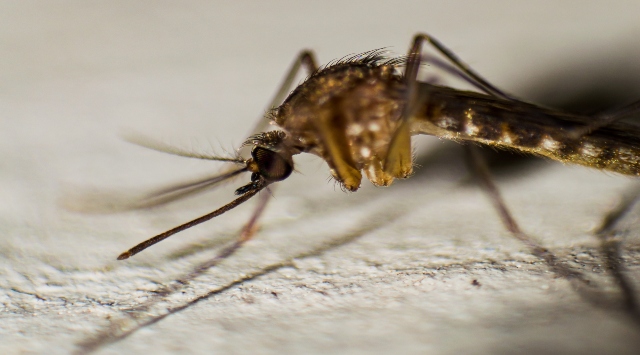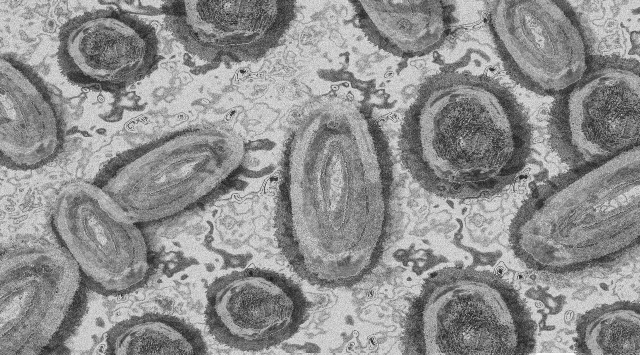

Sponsored
2.0 General Points
2.0 Max Points
Level 2

Sponsored
2.0 General Points
2.0 Max Points
Level 2

Sponsored
2.0 General Points
2.0 Max Points
Level 2

Sponsored
2.0 General Points
2.0 Max Points
Level 2

Sponsored
2.0 General Points
2.0 Max Points
Level 2

Sponsored
2.0 General Points
2.0 Max Points
Level 2

Sponsored
2.0 General Points
2.0 Max Points
Level 2

Sponsored
2.0 General Points
2.0 Max Points
Level 2

Sponsored
1.0 General Point
1.0 Max Point
Level 2

Sponsored
1.0 Ethics Point
1.0 Max Point

Sponsored
1.0 Ethics Point
1.0 Max Point
Level 2

Sponsored
1.0 General Point
1.0 Max Point
Level 2

Sponsored
1.0 Ethics Point
1.0 Max Point
Level 2

Sponsored
2.0 General Points
2.0 Max Points
Level 2

Sponsored
2.0 General Points
2.0 Max Points
Level 2

Sponsored
2.0 General Points
2.0 Max Points
Level 2

Sponsored
2.0 General Points
2.0 Max Points
Level 2

Sponsored
2.0 General Points
2.0 Max Points
Level 2